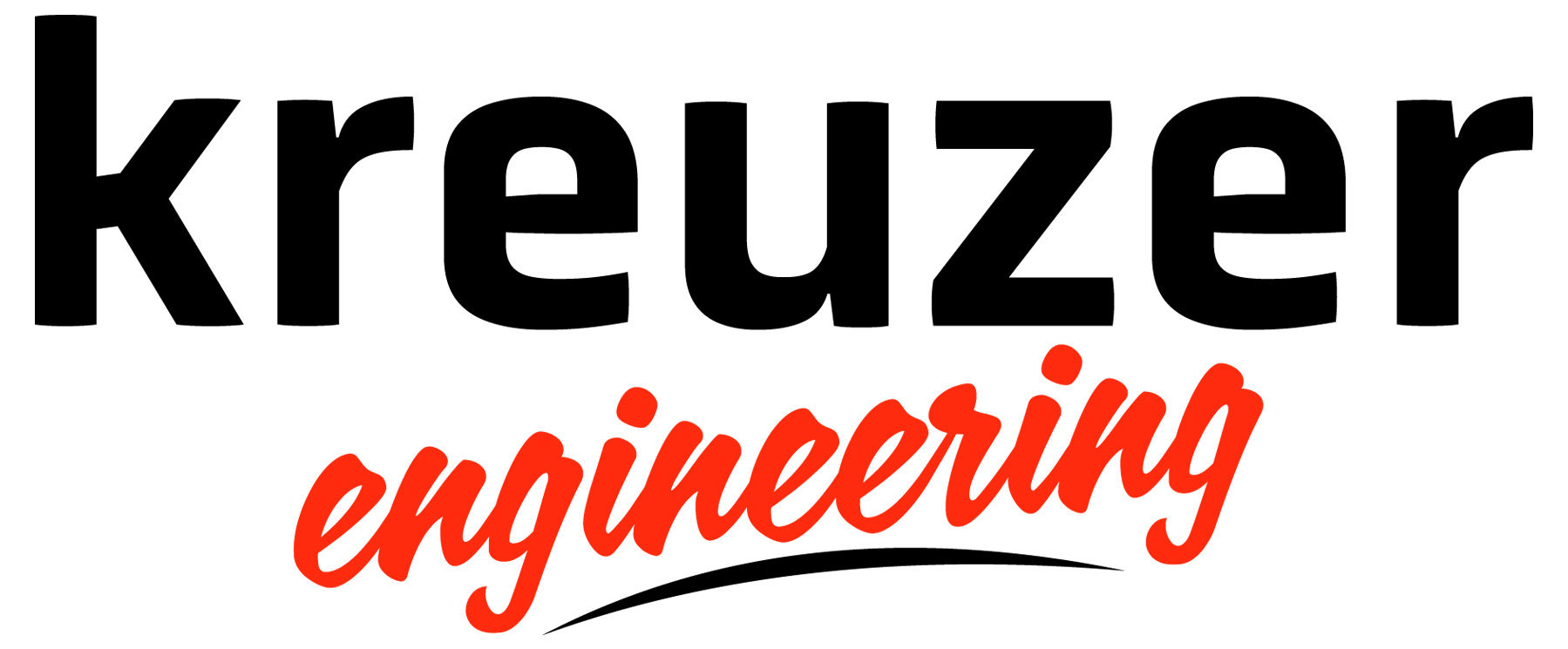KNX: The Intelligent Bus System for Modern Building Automation
In today’s world, building automation is becoming increasingly important. Whether residential homes, office buildings, or industrial facilities – the demand for efficient control of lighting, heating, air conditioning, and security systems is continuously rising. One standard that has established itself worldwide and offers a flexible and future-proof solution is KNX.
What is KNX?
KNX is an internationally recognized standard for the intelligent networking and control of building technology. The bus system was developed to enable seamless communication between devices and systems from different manufacturers. This allows components such as sensors, switches, actuators, and control centers to be interconnected and efficiently managed.
Advantages of KNX
1. Manufacturer Independence
One of the biggest advantages of KNX is its manufacturer independence. Hundreds of manufacturers worldwide offer KNX-certified products that are compatible with each other. This allows users to select the best components for their applications without being restricted to a single provider.
2. Flexibility and Scalability
KNX systems can be easily adapted to different requirements and expanded at any time. Whether automating a single-family home or a large commercial building, KNX offers a suitable solution for any size. New functions or expansions can be integrated without major renovations.
3. Energy Efficiency
By intelligently controlling lighting, heating, and air conditioning, KNX significantly contributes to energy savings. For example, sensors can precisely detect whether people are in a room and adjust the lighting or heating accordingly. This reduces energy consumption and lowers operating costs in the long run.
4. Increased Comfort
With KNX, the entire living or working environment can be individually adjusted. Automated scenarios, such as turning off all lights when leaving the house or adjusting room temperature based on the time of day, greatly enhance comfort. Additionally, controls can be operated via wall switches, touch panels, smartphone apps, or voice assistants.
5. Security and Reliability
KNX systems are not only convenient but also secure. Alarm systems, video surveillance, and access controls can be easily integrated. Additionally, the bus system is decentralized, ensuring that it remains operational even if individual components fail.
6. Future-Proofing
KNX is an open and future-proof standard that is continuously evolving. With the ability to integrate new technologies and communication protocols, the system remains up to date and compatible with modern developments in building automation.
Conclusion
KNX offers an intelligent, flexible, and energy-efficient solution for modern building automation. Its manufacturer independence, scalability, and the ability to integrate various applications make it a future-proof choice for both individuals and businesses. Those seeking a sustainable and convenient building control system will find KNX to be an excellent solution.
Do you need planning, installation or help with an existing system?
Please do not hesitate to contact us:
